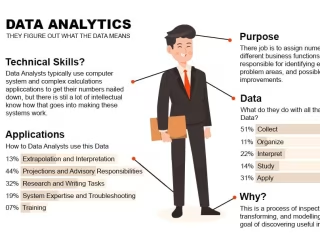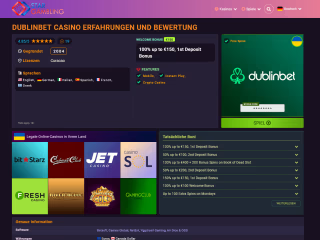Sales Forecasting and Inventory Optimization

Chris Morigan
Backend Engineer
Data Analyst
React Native Developer
This project aims to develop a sales forecasting model to predict future sales trends and optimize inventory management. By accurately forecasting demand, the project seeks to reduce overstock and stockouts, thereby improving operational efficiency and customer satisfaction.
Data Collection
Gather historical sales data from the company's ERP system, including product details, sales dates, quantities sold, and pricing information.
Collect supplementary data such as seasonal trends, promotions, and economic indicators.
Data Preprocessing
Clean the data by handling missing values, removing duplicates, and correcting inconsistencies.
Aggregate sales data by time periods (daily, weekly, monthly) as needed.
Exploratory Data Analysis (EDA)
Conduct EDA to identify sales patterns and trends.
Visualize sales data using time series plots and identify any seasonality or cyclical patterns.
Analyze correlations between sales and external factors like promotions and holidays.
Feature Engineering
Create new features such as moving averages, lag features, and seasonal indicators.
Perform feature selection to identify the most predictive variables for sales forecasting.
Model Building
Split the data into training and testing sets.
Build and compare time series forecasting models (e.g., ARIMA, Prophet, LSTM, and XGBoost).
Evaluate model performance using metrics such as RMSE, MAE, and MAPE.


